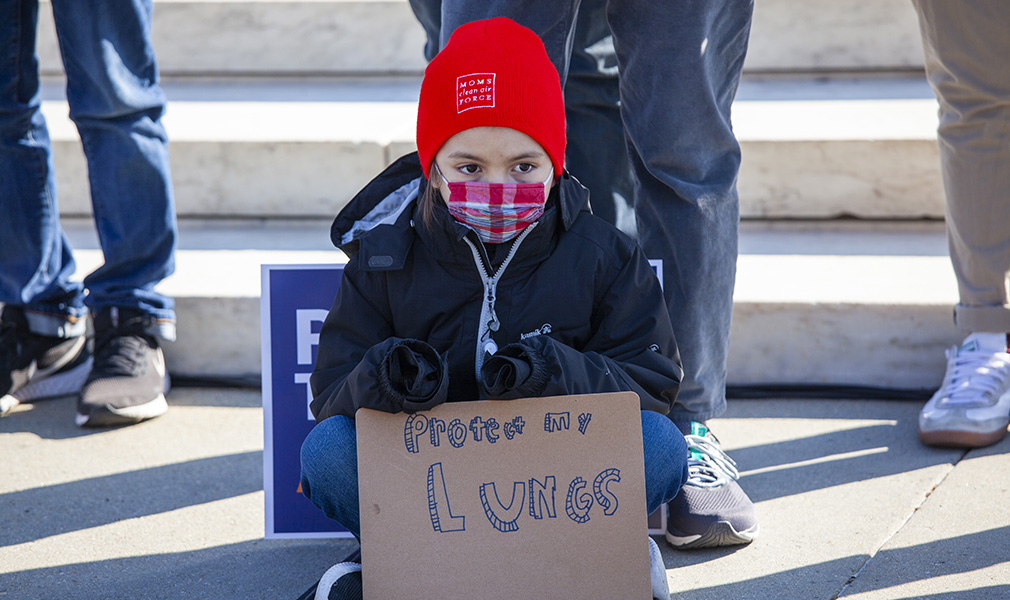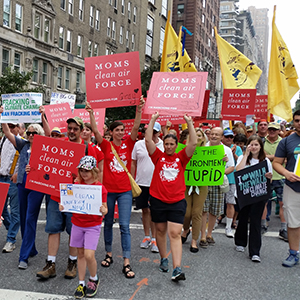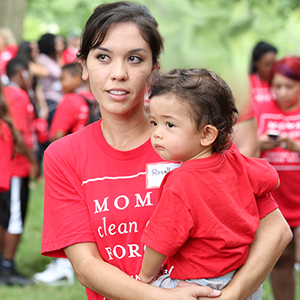
EPA’s proposed standards for fine particle pollution—we think of it as “micro-soot”—are tremendously disappointing.
Soot pollution is extremely dangerous and no amount of it is safe for us to breathe.
EPA’s latest proposal does strengthen the annual soot standard—a health-based limit of pollution exposure in a year—but falls short of the strongest limits recommended by scientific guidance.
But more disappointing is that the proposed rulemaking does not strengthen the 24-hour soot standard, the limit on short-term daily spikes in soot pollution, such as bursts of pollution from fuel combustion and industrial facilities.
A day of intense pollution makes a huge difference in people’s well-being. Sixty-three million people in the United States experience unhealthy spikes in daily particle pollution levels. Short-term exposure to soot pollution can cause acute illness, such as asthma attacks and hospitalization for respiratory and cardiovascular disease.
In a day, a spike in soot pollution can affect your lungs, heart, and brain. In a day, a spike in soot pollution can affect the health of developing babies.
- We know the burden of dirty air isn’t distributed evenly. Communities of color and low-wealth communities—which are so often located near high-traffic roads and industrial facilities—bear a disproportionate share of the health harms of 24-hour spikes in soot pollution.
- We also know that soot pollution doesn’t respect neighborhood, community, or state boundaries. It’s in the air, the wind, and it spreads. This pollution affects everyone.
The bottom line is: We need to be able to trust our air quality standards. Relying on outdated standards could have dire implications for our families and communities—more respiratory and cardiovascular illness, more trips to the emergency room, and even death.




